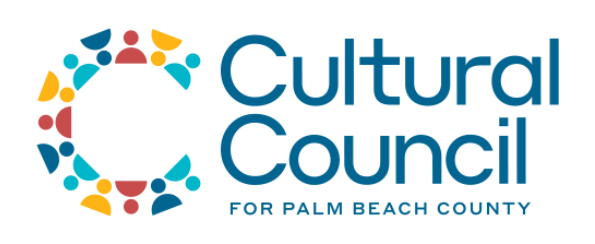Upcoming Programs & Events
Five Flags Over the Jupiter Inlet Lighthouse Guided Tour
April 16, 2025Explore the Five Flags Over Jupiter Inlet Lighthouse on our Guided Tour! Immerse yourself in the military history of Jupiter Inlet Lighthouse & Museum with our…
Sunset Tour
April 16, 2025Lighthouse Sunset Tour: 105 Steps to Breathtaking Views! Experience a mesmerizing sunset atop the historic Jupiter Inlet Lighthouse with our exclusive Lighthouse Sunset Tour. Immerse…
Native American History & Archaeology Tour
April 17, 2025Explore Culture with our Native American History & Archaeology Tour! Join us on a captivating journey through history with our Native American History &…

About the Jupiter Inlet Lighthouse & Museum
Operated by the nonprofit Loxahatchee River Historical Society, the waterfront lighthouse, and grounds exhibits feature over 5,000 years of regional history.
In addition to offering climbing tours of the landmark 1860 lighthouse, we are the proud site of the Jupiter Inlet Lighthouse Outstanding Natural Area, National Conservation Lands.
Contribute to the future of history
Your generous gift supports the Society’s operation of the Lighthouse & Museum and its mission. Celebrating 50 years of nonprofit service.
At a Glance
DAYS & HOURS:
Admission: Tuesday – Sunday, 10:00am – 4:00pm
Gift Shop: Tuesday – Sunday, 10:00am – 5:00pm
HOLIDAY CLOSINGS:
New Year’s Day, Easter Sunday, Memorial Day, July 4th, Labor Day, Thanksgiving Day, Christmas Eve, Christmas Day
TOUR OPTION:
Guided tours are available at 12:00pm, 1:00pm, & 2:00pm, Tuesday – Friday, with admission.
Admission Notes
HEIGHT REQUIREMENT & SAFETY:
Children must be at least 48″ to climb the Lighthouse.
WEATHER:
Hours are subject to change and tours are weather permitting. Please call (561) 747 – 8380 ext. 101 for current information on weather delays and closures.
Sponsored in part by the State of Florida, Department of State, Division of Arts and Culture, the Florida Council on Arts and Culture, and the National Endowment for the Arts.
“This activity is conducted under permit from the Bureau of Land Management (BLM) and occurs all or in part on public lands administered by the BLM within the Jupiter Inlet Lighthouse Outstanding Natural Area.”

The Jupiter Inlet Lighthouse & Museum is operated by the Loxahatchee River Historical Society, managing partner in the Jupiter Inlet Lighthouse Outstanding Natural Area.
Sign Up For Our Email Newsletter
© Jupiter Inlet Lighthouse & Museum | 500 Captain Armour's Way, Jupiter, FL 33469









